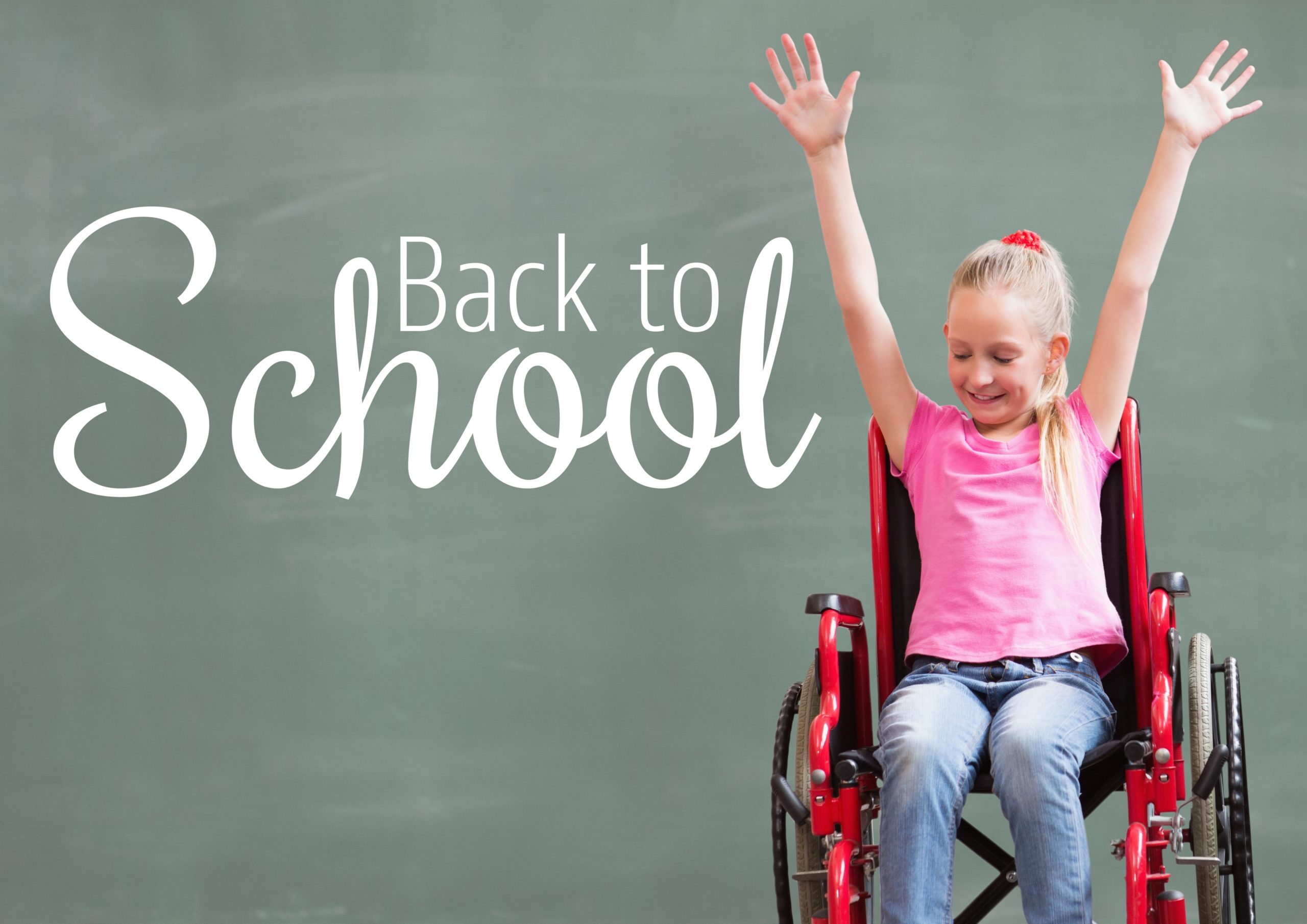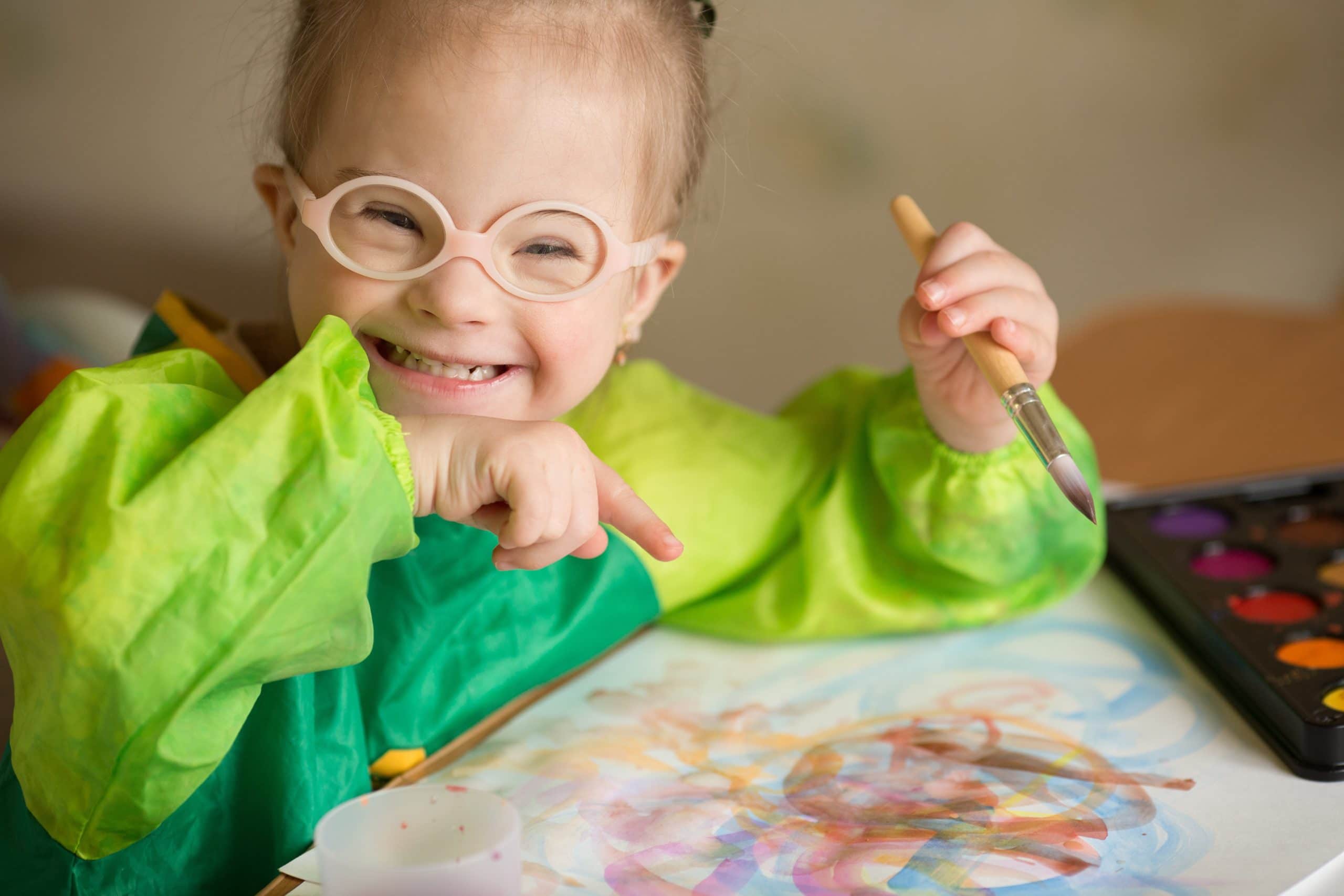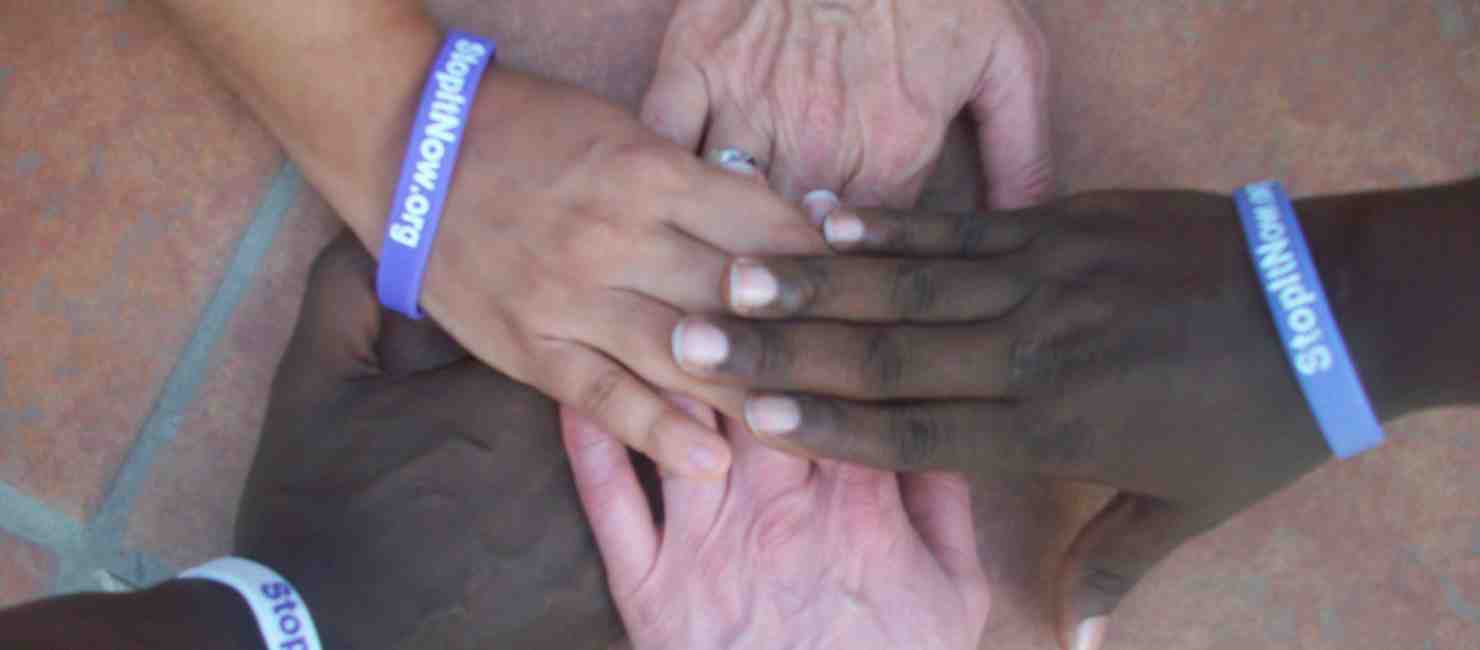It’s that time of year again. Time to think about heading back to school. While some children greet the beginning of a new school year with excitement, others, especially those who face academic, behavioral and social challenges, are typically more anxious about returning to school. While you can’t promise your child or yourself that everything will go perfectly this year, there are strategies you can use to make the transition go more smoothly. We’ve compiled a list of tips to get the new school year off to a positive start.
1. Create a social story
Help your child be better prepared for school and the situations that are likely to arise there by creating a social story. According to the Head Start Center for Inclusion, “Social Stories are short stories, often with pictures, describing a situation from the child’s point of view… Social Stories are designed to help children to gain a better understanding and have consistent reminders of the expectations in challenging social situations.”
Typically, social stories focus on an activity such as walking down the hall in school, having appropriate manners while eating lunch with peers, sharing or being a good sport. For more information, visit Carol Gray Social Stories. You can find sample social stories on Autism Parenting Magazine’s website..
2. Take your child for a school visit
If at all possible, arrange to visit your child’s school and teacher at least once before the beginning of the school year. Having a chance to talk with his teacher, see his classroom, and walk the halls will go a long way toward making him feel less anxious about the first day. This is particularly true if your child will be attending a new school in the fall.
3. Talk with the teacher about your child
Make an effort to talk with your child’s teacher before the school year begins.
Carly Anderson, a teacher and blogger for the Friendship Circle, has found that when parents provide information about their children in advance, the students’ transitions are usually smoother.
Anderson recommends parents share information about their child’s interests and motivations, any changes that may have occurred over the summer, what the child’s summer routine was like, their priorities for their child’s school year and whether they have time to be involved in their child’s classroom.
4. Back to school shopping
Do your best to accommodate your child’s wishes when it comes to back-to-school clothes and supplies. Having special needs can make it more difficult for your child to fit in with peers, and her social life may be less treacherous if she adheres to the latest fashion trends. If your child isn’t aware of the trends, pay attention on her behalf. Kids can be cruel, and there’s no point in making her an easy target for teasing.
5. Organizational tools
Nowadays, there are many tools you can use to help your child with his executive functioning difficulties. Having the right school supplies is a good start. Writing for Understood, Amanda Morin, a mother and teacher suggests buying a backpack with enough, but not too many compartments and zipper pockets. Then says Morin, “Help your child sort school supplies into clearly defined categories. For instance, put pens, pencils and highlighters together. Match up notebooks with folders and textbooks.” Try color-coding notebooks and folders to help your child keep supplies in order. Make use of the many apps that help students keep track of assignments, manage their time and stay focused.
6. Communication tools
If your child has communication challenges that interfere with her ability to talk with her peers and teachers, electronic communication devices can make a tremendous difference in the way she learns and the quality of her school experience. Enabling Devices has many AAC device options. Shop Communicators here.
7. iPad Products
iPads have revolutionized education for all students but perhaps even more so for children with disabilities. Regardless of mobility challenges, your child will be able to find a switch that enables him to access any app that has been programmed for switch access. See our list of switch-enabled apps here.
8. Fidgets
Don’t forget the fidgets! These little tools can be lifesavers for children who need help with self-regulation, and staying calm and focused in the classroom. They also help to increase tactile awareness. Why not splurge and get them for the whole class?












